Uniaxial Geogrid
LS Trading is a number one Manufacturer of Uniaxial Geogrid globally, making on a large scale with outstanding quality. Many customers use our products to stabilize soils and improve their moisture and nutrient retention.
Uniaxial Geogrid is a type of soil that has been specifically designed to withstand high winds and heavy loads. It is a good option for sites exposed to high levels of wind or weather conditions, such as wind turbines, construction sites, and agricultural fields. Monoaxial Geogrid can also be used in areas where water runoff is an issue. It contains unique properties that help reduce the intensity and amount of water flowing off the site. LS Trading is one of the best manufacturers of monoaxial Geogrid in the country and provides Geo grid related products worldwide.
High-density polyethylene (HDPE) uniaxial geogrid price is a type of geo grid that has been used in construction since the 1940s. They are designed to be used on both highways and in industrial settings, but they have become more popular with the construction industry in recent years.
HDPE uniaxial geogrid is made from high-density polyethylene (HDPE) plastic. The density of this material makes it strong enough to withstand heavy weight loads without deforming or cracking. It also has good tensile strength, which means it can hold its shape under stress.
In addition to being strong and flexible, HDPE uniaxial geogrid also have good abrasion resistance, so they can withstand rough surfaces without tearing or ripping apart. They’re also resistant to chemicals like gasoline or oil, making them safe for use around fuel tanks and other areas where chemicals may be present during installation or use.
Features:
Uniaxial geogrids are a type of soil that has a uniaxial orientation. This means that the grains in the soil are oriented in one direction only. Uniaxial geogrids have many benefits for soil erosion control, including:
- They provide a stable foundation for plant growth and prevent erosion by water and wind
- They resist compaction and improve aeration and drainage
- They reduce the amount of water required to retain moisture in the soil
- They improve the physical and chemical condition of the soil by holding more air, water, and nutrients.
- Good Creep Resistance
- Quick Installation
- High Tensile Strength
The orientation of each grain in uniaxial geogrids is determined to be parallel to the direction of least resistance.
Advantages:
When constructing soil or foundation materials, there are many advantages to using uniaxial geogrids. Geogrids provide stability and uniformity across a large area, which can be beneficial when constructing foundations or constructing soil in regions prone to shifting or settling. Additionally, geogrids can help to conserve water and reduce erosion. Because geogrids provide a consistent spacing across the surface, they can be used to create a structure such as a barrier. An embankment is an artificial barrier that slows or stops the movement of water in certain areas. This type of barrier can help control erosion, and it can also provide a stable foundation for any structures built on top of it.
Geogrids are also used to prevent soil erosion. When a geogrid is laid out on top of the soil, the soil becomes pressed into the grid wire, and the soil’s natural ability to absorb water is effectively limited. This prevents runoff and erosion from taking place, which can help to conserve the water supply and preserve the environment.
Uniaxial geogrid is a type of soil surface with a consistent, uniform texture and can be used in various applications.
- Uniaxial Geogrid is most commonly used as a surface for construction and agricultural purposes, but it can also be used in automotive manufacturing and paintball fields.
It is important to note that Uniaxial Geogrid is not a substitute for traditional soils, and it cannot hold water or nutrients and should not be used in areas that require these properties. Additionally, uniaxial geogrid is not resistant to erosion or decay.
- It is Environment Friendly, and it PRevents Soil from Erosion.
- The use of Uniaxial Geogrid results in more economical construction.
Uniaxial Geogrids are a type of geotextile fabric used as a soil reinforcement or drainage control material. They are made of a single layer of strong, smooth textile fibers tightly woven together to form a grid. Uniaxial geogrids have certain vital specifications that make them the perfect choice for many applications. Below are some of its specifications.
- They are solid and resistant to tearing.
- They have excellent drainage properties, effectively controlling water retention and preventing flooding.
Uniaxial geogrids are easily installed and can be cut to any desired shape or size.
Related products
Geocell
- Used as load transferring platform
- Effective in soil stabilizing
- Lightweight yet very strong
- Made of virgin HDPE Material
- High strength
- Installation very easy
- Versatile solutions for roads and highways
- Proven 3d Geocells for soil stability challenges
- Transforms Infill unlike any other Geosynthetics
- Makes soil strong - Confines and stabilizes soils
- The engineered solution to meet any design challenge
- Lowers the cost
- Effortless deployment
- Lifelong performance
- Flexible and permeable
- This is very cost-effective for building unpaved roadways
- Solving many engineering, infrastructure, and construction challenges
- Improve shear strength of granular soil
- Prevent erosion problems
- Solved unacceptable road problems
- Geocell used for Slope Protection
Biaxial Geogrid Manufacturer and Supplier
- Porches
- Driveways
- Barricade
- Railroads
- Airport Runways
- Car Parks
- Construction Haulage Roads
- High intersection quality and firmness
- High elasticity at low extension
- Low inclination to crawl
- Simple to introduce, protection from establishment harm
- High synthetic and natural opposition
- Streamlined framework structure and proficient rib profile for expelled Geogrids
- Magnificent draw-out and interface grinding conduct
- Unrivaled association limit with secluded squares
- Protection from ecological pressure breaking
- Effortlessly associated together on location
- Advance soil adjustment
- Give a higher burden-bearing limit
- Adaptable in nature and are notable for their flexibility
- Have high toughness, which diminishes support cost
- They are profoundly impervious to natural impacts
- Anything but difficult to introduce which brings about quicker development
- The simplicity of Construction: PP Biaxial Geogrid can be introduced in any climate conditions, making it all the more requesting
- Land Optimization: This strategy for Geogrid establishment in soils makes an inadmissible zone reasonable for setting it up to meet wanted properties for development. Geogrid, in this way, helps inappropriate land usage
- It is a decent solution for holding soil from disintegration
- No trouble in material accessibility
- Known for their excellent flexibility
- Possess high toughness, diminishing upkeep cost. It is profoundly safe against natural impacts.
- Materials are tried dependent on standard codes and guidelines
Geo Bags – Geotextile bags
It is also known as:-
- Geo Bag
- Geotextile Bag
- Non-Woven/Woven Geo Bag
- Geotextile Sand Container
- Sand Bags
- These bags are considered flexible and cost-effective solutions for the construction off-shore protection structures.
- These bags come with excellent durability and robust strength.
- The market is filled with various sizes and strengths of geo bags best suited for specific applications.
- Compared to the traditional marine protection stuff, geo bags are a highly accessible and feasible option.
- There's a high demand for geotextile bags across the different infrastructure projects for their reduced carbon footprint and minimal environmental effect.
- With the proper usage of geo bags, soli susceptible to erosion get transformed into defiant erosion sites.
- These bags are so versatile that they can be used for diversifying situations.
- In comparison to the expensive method of erosion prevention, the Geo sandbag is the most economical alternative.
- The design used in manufacturing geo bags guarantees longevity.
- The geo bags are environment-friendly, and it doesn't negatively impact the environment and abruptly reduce the harmful carbon footprint and disturbance in the site.
- Installing these geotechnical bags is so convenient that it reduces time and cost.
- The advanced mechanical and filtration ensures enhanced usage and maximum efficiency.
- The efficient usage of geotextile bags enhances the speed of construction sites, thus achieving the desired results.
- Ideal solution for coastal, off-shore, and waterfront structures that requires specific protection
Geotextile – Geotextile fabric – Geotextile Sheet – Geotextiles
- Resistance to UV exposure
- High tensile strength
- Soil separation and drainage
- High durability
- Good physical and hydraulic properties
- Low elongation
- Resistant to rot and degradation
- Resistant to biological organisms
- Uses heavy multifilament
- Excellent support to large rock overlays
- Good support under the roadways
- Strengthens soil
- Controls erosion of any area
- Decreases structural failure
- Reduces maintenance costs
- Easy installation
- Versatile and practical in usage
- Improves performance
- Cost-effective and economical
- Made with strong fibers
- Tightly Woven
Geomembrane Sheet
- Texture and Finish Options: The HDPE geomembrane liner is available in both textured and smooth finishes, providing adaptability to different usage scenarios.
- Temperature Conductivity: Remarkably conductive in high-temperature variations, making it suitable for applications requiring thermal stability.
- Chemical Resistance: Possesses excellent resistance to a wide range of chemicals, enhancing its usability in challenging industrial and environmental settings.
- UV Protection: Offers a reliable ultraviolet protection shield, making it suitable for outdoor applications where exposure to sunlight is prevalent.
- Weather Durability: The geomembrane sheet exhibits exceptional age resistance against the intense stresses of weather, maintaining its integrity over time.
- Welding and Molding: Designed for easy welding and molding, allowing for convenient installation and customization according to project requirements.
- UV Stabilization: Manufactured using UV stabilizers, which enhance its weather resistance capacity and overall longevity.
- Puncture and Water Resistance: Demonstrates high puncture resistance, making it adept at withstanding mechanical stress, and exhibits outstanding water resistance.
- Tensile Strength: Boasts high tensile strength, contributing to its robustness and ability to withstand various mechanical forces.
- Longevity: Designed for long-term use, the geomembrane liner offers extended service life standards, minimizing the need for frequent replacements.
- Roll Format: Supplied in wide rolls for efficient handling and application, available with single or double-sided textured surfaces.
- Easy Installation: The geomembrane's user-friendly design allows for straightforward installation processes.
- Versatile Applications: It finds applications in diverse fields, ranging from waste management and water containment to waterproofing structures.
- Environmental Protection: Utilized in waste and water management, it contributes to environmental conservation by preventing leaks and contaminations.
- Thermal Aging Resistance: Its resistance to thermal aging ensures reliability and effectiveness over the long term.
- Non-Toxic: Made from non-toxic materials, the geomembrane poses no harm to the environment or human health.
- Chemical Resilience: Exhibits resilience against numerous chemical agents, expanding its applicability in various industrial settings.
- Cost-Effective: The geomembrane offers an economical and cost-effective solution for lining requirements, reducing overall project expenses.
- Mechanical Strength: Its impact and tear resistance, along with excellent flexibility, contribute to its robustness and adaptability.
- Reliable Soldering: The geomembrane's superior soldering ability ensures secure joints and a dependable containment system.
- Efficient Transport: Designed for easy transport due to its roll format, facilitating convenient logistics and handling.
- Minimal Risk: The geomembrane's construction eliminates the risk associated with micro-probes, ensuring enhanced safety during application.
Geonets – Geonet in Road Construction
- Chemical Resistance and Aging Resistance
- Erosion Resistance
- Excellent Flexibility and Durability
- Tensile Strength
- It can be made with all polymeric materials
- It provides shear strength
- Harder than geotextiles and have large voids within the material
- Prevents the surface of the land from the erosion
- Protecting dam and rock surface from chemical erosion and sea water corrode
- Strengthen fill materials in geotechnical applications
- Used as liquid or gas collectors
- Used widely in drainage applications
- Improve the quality of the road
- Road segment restoration
- Stop cracking during road extension
- Cost reduction of road repair
- Increase the lifespan of the road
- UV stabilized
Polyester Geogrid
Polyester Geogrid has many advantages over traditional materials, including:
- It is resistant to moisture and fungus
- It is lightweight and easy to transport
- It can be easily dyed or printed to match your needs.
- It is fire-proof, making it an excellent choice for outdoor use.

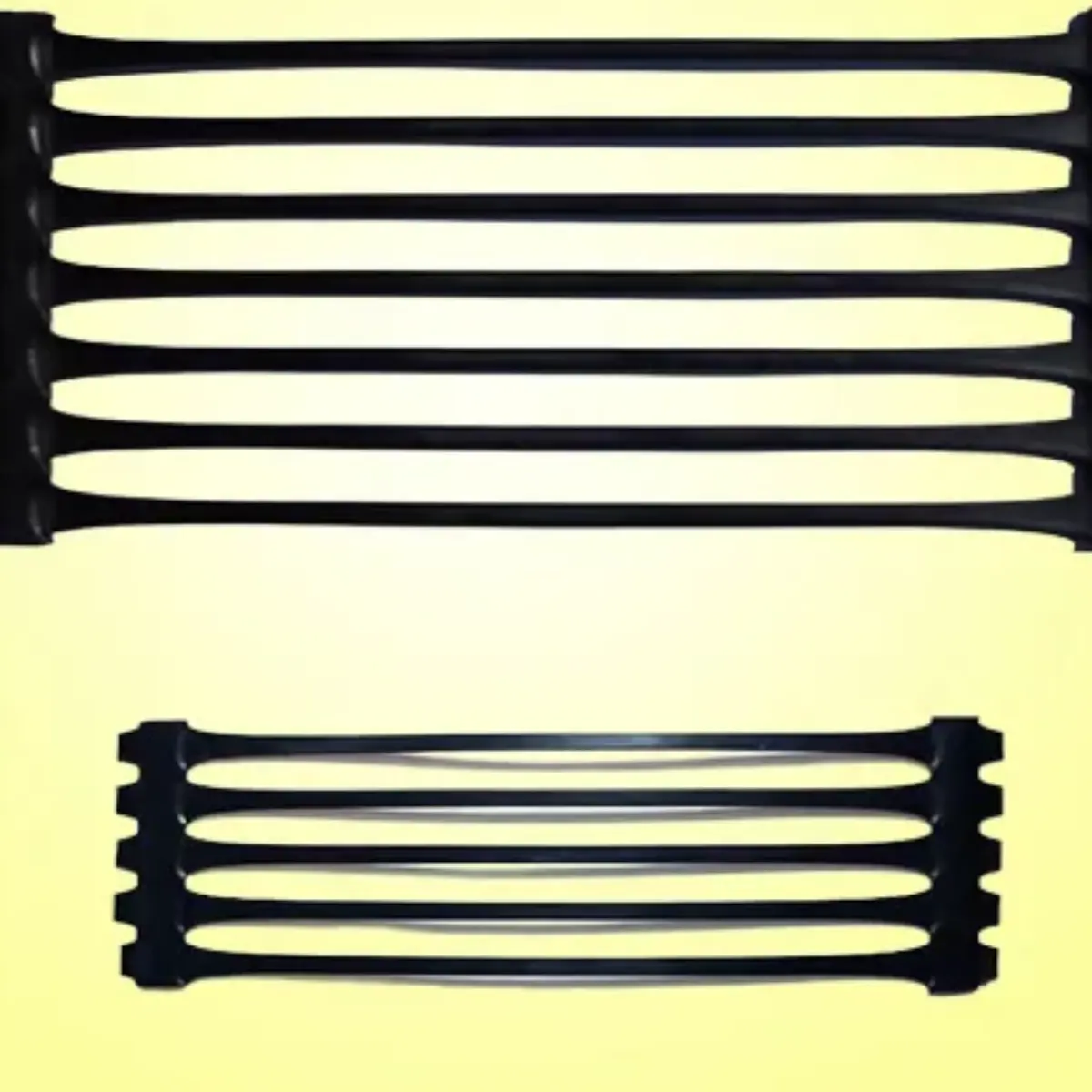
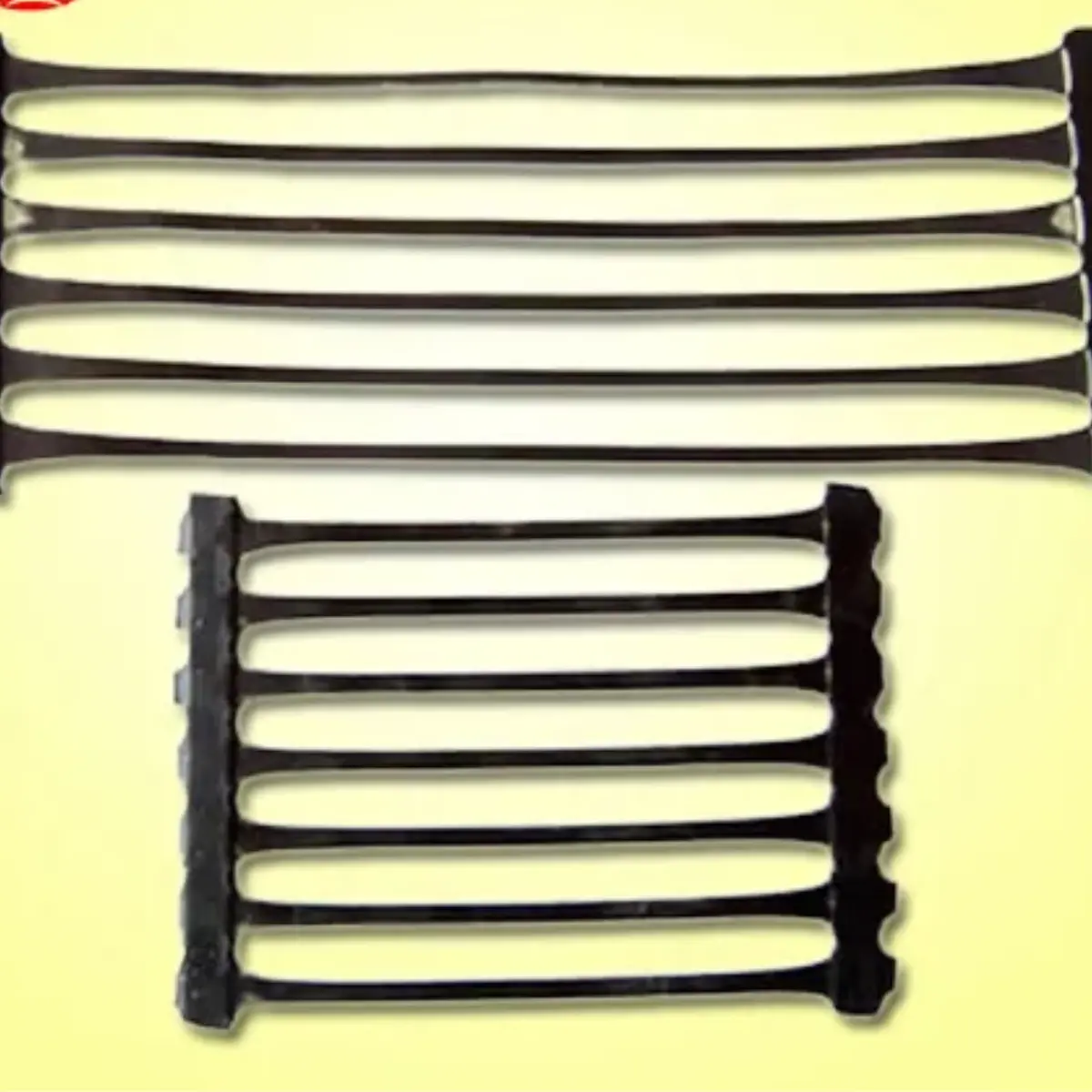
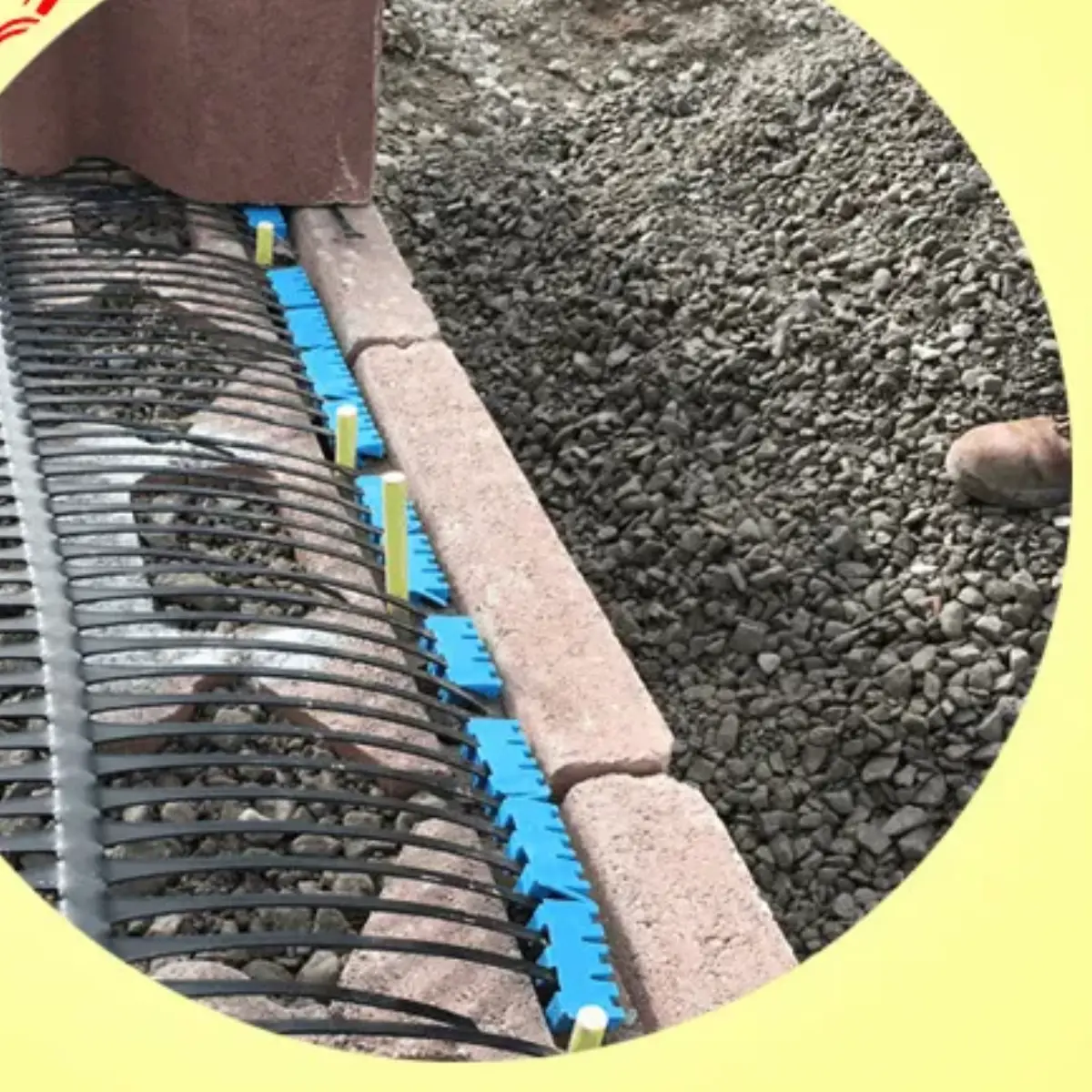
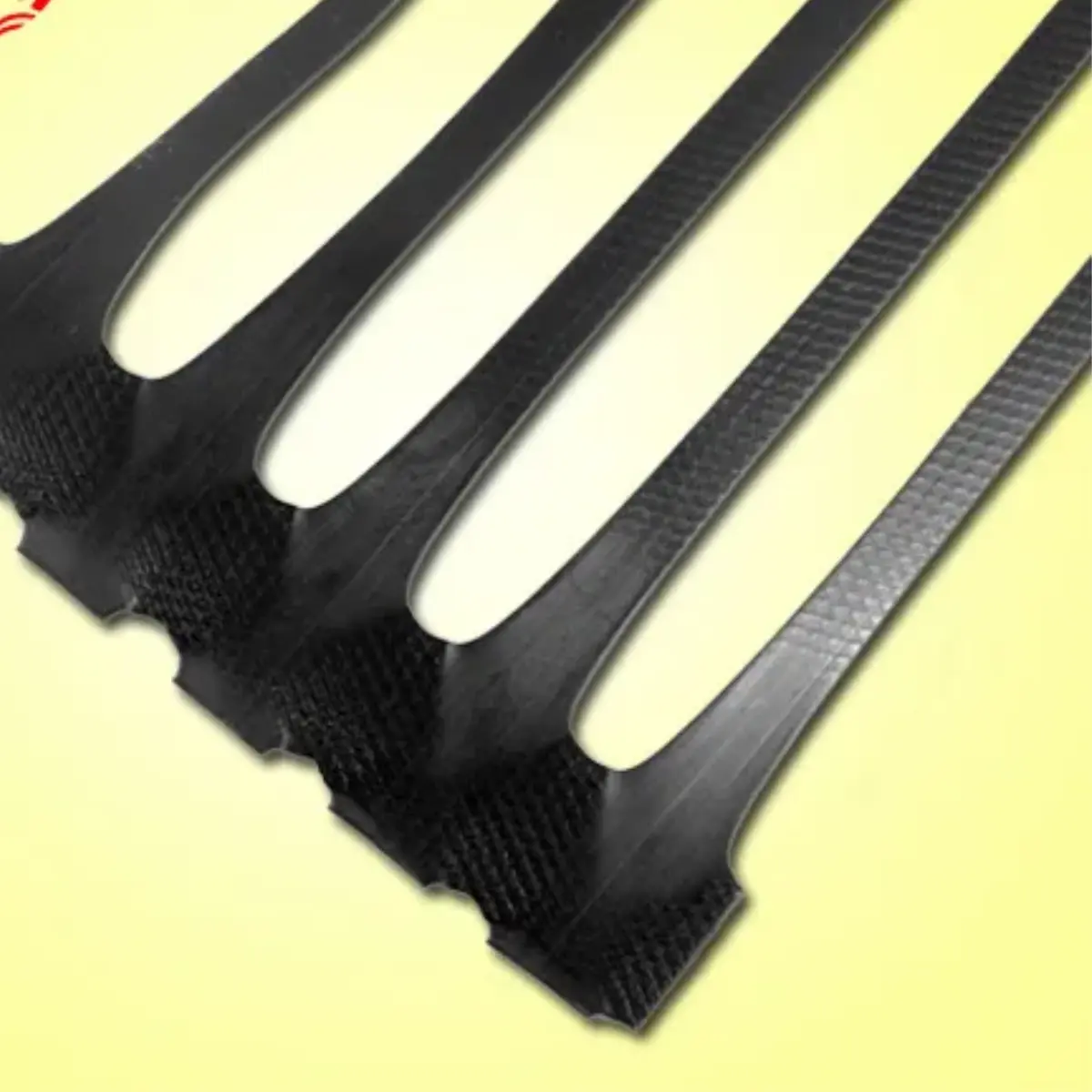

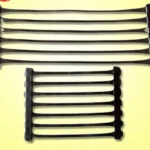
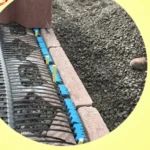


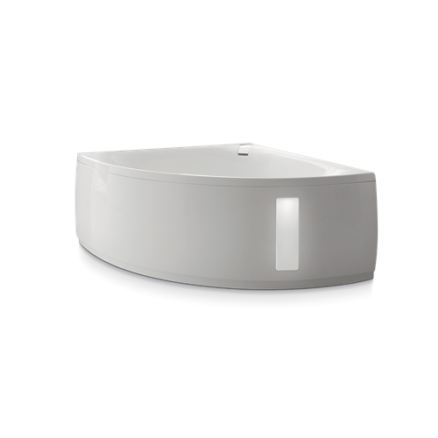










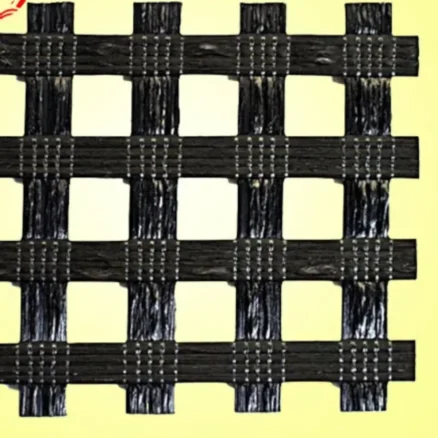

Reviews
There are no reviews yet.